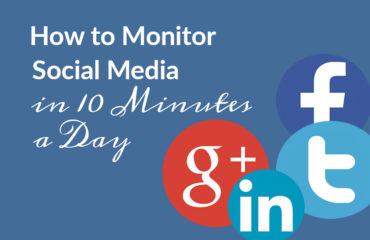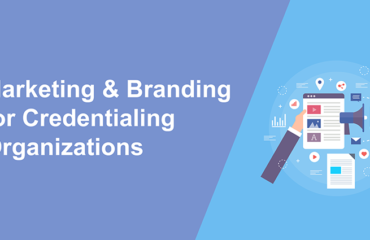Use Social Media to Create Buzz Around a Conference
Be it an industry meeting or trade conference, attendance at an event is an opportunity for people to connect, interact, and share with their peers. Sounds a lot like what makes social media so appealing, right? Given the similarities, it only makes sense for you to find ways to use social media to promote, plan, and build enthusiasm for your organization’s events. Leveraging social media for conferences and other business gatherings is a great way to attract people to your brand. From pre-event planning to in-progress updates and post-event follow-up, social media can be a valuable tool for increasing attendance and forming deeper relationships with members, customers, clients, and employees.
Social Media for Conferences and Meetings
We’ve pulled together some fairly simple ways to use digital marketing to better understand and improve the attendee experience. Begin by creating a unified, catchy hashtag that you can use both on and offline, and include it in every post you make. Encourage attendees to use it too when they mention your event on their own social media accounts. Hashtags also make it easy to do post-event searches.
None of these ideas take an enormous amount of time, but the payoff can be huge. Use these tips to tweet, snap, and share your next event.
1. Invite attendees in visual style by creating a video invitation that you post online. Instagram Direct lets you easily send video messages to one or more people by using the in-app camera. Messages are limited to 15 seconds, but that’s plenty of time to deliver an engaging and persuasive invitation.
2. Use Twitter Polls to create questions to find out what topics might be of greatest interest to your attendees. This interactive tool can be used to plan ahead for questions during the event or in real-time.
3. Add a Facebook Call-to-Action button on your page. The Sign Up button will help boost reach and increase your fan base. The button lets you redirect potential attendees to a dedicated landing page on your website where they can learn more and register to attend.
4. If you have guest speakers coming to the event, make it easy for them to promote their participation. As each social media platform has its own guidelines for image size, create multiple size images that each speaker can share within their own networks. For maximum impact, include key event info as part of the image. Encourage speakers to generously share.
5. Whether it’s short clips of people giving a presentation, participating in a contest, setting up for the big day, or offering a testimonial, share behind-the-scenes visual content that airs while the event is in progress to give both attendees and those who were not able to come a glimpse into what’s happening. Live blogging is a great way to generate buzz, build emotional connections, and turn various mentions, tweets, and posts into one fun, cohesive story. Shoot footage of the venue, the neighborhood, event signage, and swag bags. Include helpful tips on directions, nearest coffee shops and restaurants, and other fun things to do in the area. Include bloopers – everyone loves them.
6. Get attendees involved and turn them into content creators for the event. Try running a contest that involves attendees sharing a picture, comment, or status on their accounts. For example, ask people to post an Instagram photo of their best “I’m Headed to New York!” face with your hashtag in the caption. Best photos or the ones with the most likes win. Offer free tickets, entrance to exclusive events, etc. as prizes. And don’t forget about other social media platforms like Pinterest and Snapchat, or live streaming through Periscope and Facebook Live. Be sure to optimize content so that it can be shared across multiple channels.
Engage, Intrigue and Invigorate
Taking an event from idea to completion is no easy feat, but using social media for conferences and meetings can help you better win the marketing battle. No matter which social media platforms you decide to use, remember to direct prospective attendees to your event landing page, where you can capture important information for contacting them about future events.







